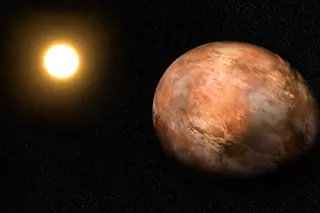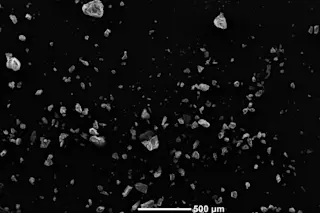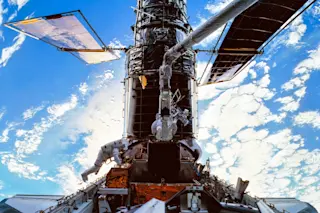Despite Star Wars and Star Trek and the many, many other movies and television shows that display a vigorous human presence in space, we seem more Earthbound than ever. More than 20 years have passed since we last set foot on the moon, and we have no concrete plans for returning. Mars now tantalizes us with meteorites bearing what might be traces of extraterrestrial life, yet the chances of our actually going there soon seem remote. To space enthusiasts yearning to break free from our terrestrial chains, this situation borders on the tragic.
Among the myriad obstacles that stand in the way of our leaving our planet, the most daunting is money--or rather, the lack of it. In spaceflight, money is synonymous with energy. Energy in turn means fuel. As pedestrian as it may seem, the chief factor limiting our ability to get a manned spacecraft to Mars and back ...














